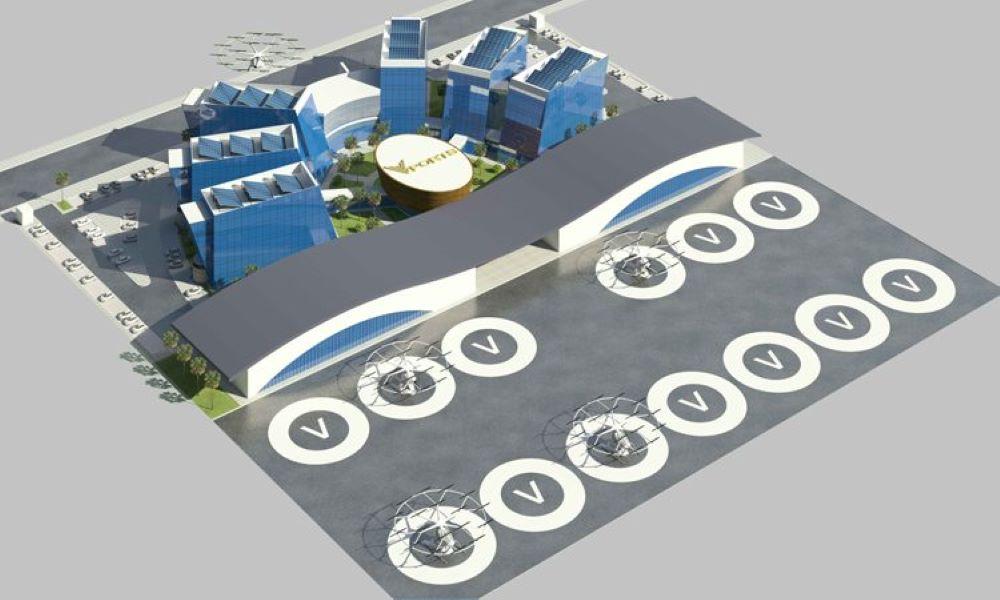
The AAM World Integrator Center at Dubai South will initially include a dozen takeoff and landing pads for electric-vertical-takeoff-and-landing vehicles.
Credit: VPorts
Having launched the certification process for its advanced air mobility (AAM) integrator center in Dubai, vertiport startup VPorts is on track to finalize the first nodes in its planned United Arab Emirates (UAE) network by 2026, founder and CEO Fetih Chebil tells the AAM Report. Located at the...
Subscription Required
VPorts CEO Outlines Vision For UAE Vertiport Network is published in Advanced Air Mobility Report, an Aviation Week Intelligence Network (AWIN) Market Briefing and is included with your AWIN Premium membership.
Already a member of AWIN or subscribe to Advanced Air Mobility through your company? Login with your existing email and password
Not a member? Learn how to access the market intelligence and data you need to stay abreast of what's happening in the air transport community.
